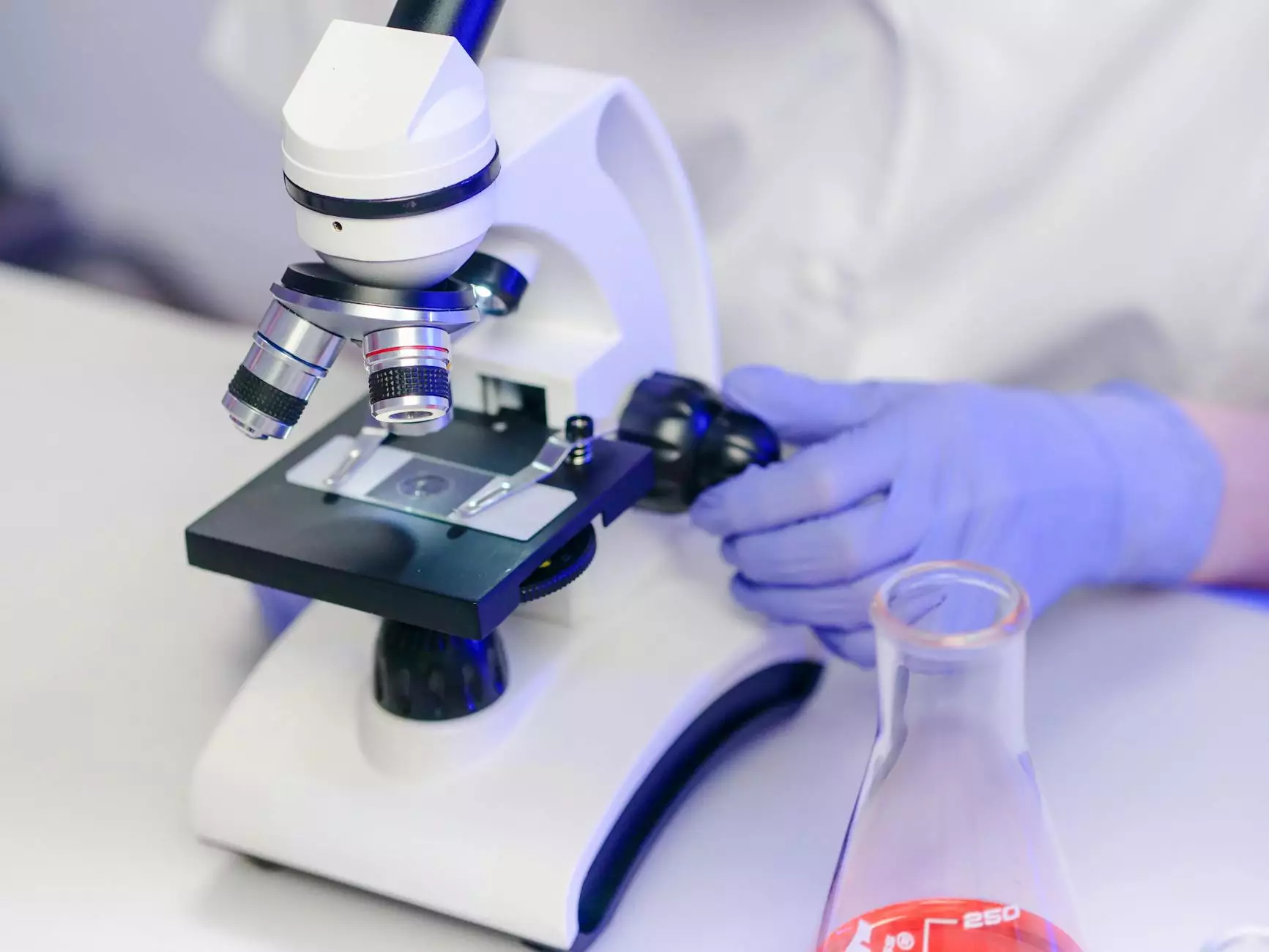Understanding the Thymectomy Procedure: A Comprehensive Guide

What is a Thymectomy?
A thymectomy is a surgical procedure that involves the complete or partial removal of the thymus gland. Located behind the sternum and between the lungs, the thymus plays a vital role in the immune system by producing T-cells, which are essential for immune response. This procedure is primarily performed to treat conditions such as thymoma (tumors of the thymus) and myasthenia gravis, an autoimmune disorder that affects neuromuscular transmission.
Indications for a Thymectomy
The thymectomy procedure is recommended for various medical conditions, most notably:
- Thymoma: This is a rare tumor of the thymus that can be benign or malignant. Surgical removal may be needed to prevent the spread of cancer and relieve symptoms.
- Myasthenia Gravis: In patients with myasthenia gravis, removal of the thymus may lead to significant improvement in muscle strength and could potentially induce remission.
- Other Thymic Disorders: Conditions like thymic hyperplasia or certain rare autoimmune diseases may also warrant a thymectomy.
Types of Thymectomy Procedures
There are primarily two types of thymectomy procedures that can be performed:
1. Open Thymectomy
This traditional approach involves making a large incision in the chest to access the thymus gland. It allows the surgeon to clearly see the anatomy and is often performed when the thymus is enlarged or if a tumor is present. Recovery from an open thymectomy generally takes longer due to the larger incision and more extensive manipulation of tissues.
2. Minimally Invasive Thymectomy
This technique employs smaller incisions and the use of video-assisted thoracoscopic surgery (VATS). The endoscope allows the surgeon to view the thymus on a screen, reducing recovery time and postoperative pain. This method is particularly advantageous for patients with myasthenia gravis, as it can lead to quicker recovery and less hospital stay.
Preparing for the Thymectomy Procedure
Preparation for a thymectomy involves several steps that ensure the best possible outcomes:
- Preoperative Assessment: A thorough medical evaluation will be conducted, including blood tests, imaging studies, and a review of your medical history.
- Medication Review: Discuss all medications (including over-the-counter drugs and supplements) with your physician, as some may need to be adjusted or discontinued before surgery.
- Smoking and Alcohol: It is advisable to quit smoking and limit alcohol consumption in the weeks leading up to the procedure, as these can interfere with healing.
- Support System: Arrange for someone to help you after your discharge from the hospital, as you may need assistance during your recovery.
The Thymectomy Procedure: Step-by-Step
The surgical process of a thymectomy generally follows these steps:
- Anesthesia: You will be placed under general anesthesia to ensure you remain unconscious and pain-free during the procedure.
- Incision: Depending on the approach (open or minimally invasive), the surgeon will make the necessary incisions.
- Thymus Removal: The surgeon will carefully dissect the thymus from surrounding tissues and blood vessels. If a thymoma is present, the surgeon will remove the tumor along with surrounding healthy tissue.
- Closure: Once the removal is complete, the surgeon will close the incisions with sutures or staples.
- Recovery: You will be monitored in the recovery room and transferred to your hospital room after regaining consciousness.
Potential Risks and Complications
While a thymectomy is generally safe, like any surgical procedure, it carries some risks, including:
- Infection: There is a risk of developing an infection at the incision site.
- Bleeding: Excessive bleeding during or after surgery may occur, necessitating a blood transfusion or additional surgical intervention.
- Nerve Damage: The procedure may affect nerves in the chest, potentially leading to complications such as changes in voice or difficulty swallowing.
- Respiratory Issues: Patients with pre-existing lung conditions may face challenges with breathing after surgery.
Recovery Following a Thymectomy
The recovery phase is crucial for regaining strength and returning to normal activities. Here’s what to expect:
Immediate Postoperative Care
After surgery, you will stay in the hospital for monitoring typically for 1 to 3 days. Hospital staff will assess your vital signs, manage pain, and encourage light movement to prevent blood clots.
Home Recovery
Once discharged, follow these guidelines for a successful recovery:
- Follow-up Appointments: Attend all scheduled follow-up visits to monitor your recovery.
- Gradual Activity Resumption: Incrementally increase activity levels and return to daily routines. Avoid heavy lifting and strenuous exercise for at least 4 to 6 weeks.
- Medications: Adhere to prescribed medications, including pain relievers, and report any unusual symptoms to your doctor.
- Balanced Diet: Maintain a healthy diet to support healing and boost your immune system.
Long-Term Outlook after Thymectomy
For many patients, a thymectomy can lead to significant improvements in symptoms, especially those suffering from myasthenia gravis. Some may experience remission, while others may notice a decrease in the severity of their condition.
Regular follow-ups with your healthcare provider are essential to monitor your health status and address any ongoing issues. It’s important to remember that each individual’s healing journey is unique, and a strong support system can facilitate recovery.
Frequently Asked Questions (FAQs)
1. How effective is a thymectomy for myasthenia gravis?
Studies have shown that thymectomy can lead to a significant reduction in symptoms and might induce remission in some cases. However, results can vary based on disease duration and severity.
2. What are the alternatives to thymectomy?
Other treatments for myasthenia gravis include medications such as corticosteroids and immunosuppressants, as well as plasmapheresis and intravenous immunoglobulin (IVIG) therapy for managing symptoms.
3. Can thymoma return after surgery?
While many patients achieve good outcomes after thymectomy, there is a chance for recurrence. Regular monitoring and follow-up imaging are crucial to address any potential issues promptly.
4. What lifestyle changes should I consider after a thymectomy?
Post-surgery, maintain a balanced diet, engage in light exercise as tolerated, avoid smoking, and manage stress effectively to enhance your overall health and recovery.
In conclusion, the thymectomy procedure is a significant surgical intervention that can substantially improve the quality of life for patients with conditions affecting the thymus. If you or a loved one are considering this procedure, we recommend consulting with a specialist to discuss the best course of action tailored to your specific medical needs.









